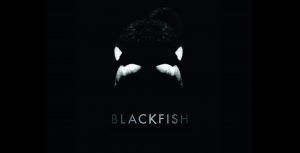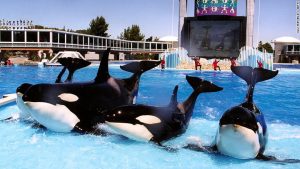https://www.youtube.com/watch?v=kupi0IfUbJI
For this post, I will focus on SeaWorld’s new mission statement, released in video format on August 24, 2017.
- This video focuses on taking steps to save the planet and improve life on Earth. It conveys a positive, fun experience that they hope will inspire their audience to get on board with. They show videos from outside of the Park, itself, and focus on their philanthropic work outside of their walls.
2. I believe ideological criticism would be needed as well as maybe cultural criticism. SeaWorld’s ideology is vital to their response to criticism they receive. What they do evolves from what they believe. CUlturally, they must deal with problems arising from the millennial generation and Gen Z, both of whom must be marketed to differently than past generations.
3. SeaWorld so far has made families their main concern. With this particular video, it was interesting to see how they pushed their philanthropic work outside of the park to the forefront. I want to dig deeper into this part of its work and maybe ask the question, “What is SeaWorld doing right?” I haven’t had the best opinions about SeaWorld but I would love to have a change of mind.
4. The audience is potential SeaWorld employees, shareholders, customers, or anyone who is trying to find out more about the park. No prices are ever listed in their pitches; the “life-changing experiences” seem to cover the prices.
5. Some see SeaWorld as a great park with amazing opportunities to interact with marine life. Others see it as a greed-powered machine that exploits their animals for their own profit.
6. We are shown people having fun, getting close to the animals, and making a difference in their communities. The images show SeaWorld to be a life changing experience.
7. The video appeals to the interests of those looking to make a difference, animal lovers, or marine life enthusiasts.
8. I would like to present an analysis that leaves the reader sure of their opinion on SeaWorld. I have heard many come to its defense, but I want to see if there’s a good company that was perhaps struck blind by the Blackfish documentary. What does SeaWorld do in the world that does make a difference and accurately represents the struggles of marine life?


